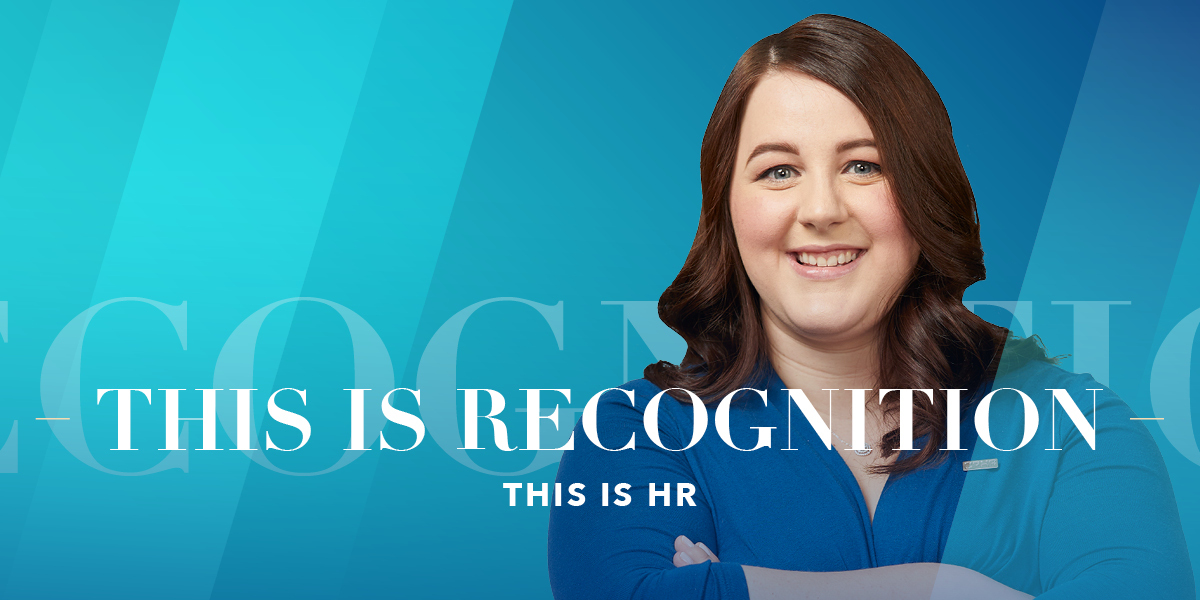Seven Ways to Recognize People at Work, Including Getting the Money Part Right
Recognizing and rewarding people can be a strategic advantage – helping you keep your best, demonstrating your commitment to people and your commitment to achieving your organization’s goals.
But if recognition and reward are not undertaken purposefully and thoughtfully, it can backfire, creating jealousy and dissension.
Everyone likes to be recognized and rewarded – some publicly, some personally. People also have an inherent sense of fairness, against which many things are measured. So how do you create a recognition and reward system that pleases people and meets your objectives? Like everything else worthwhile, it takes time and the expertise of an HR professional.
But here are some ideas to consider before you begin:
1. Link total rewards to performance management
Almost all recognition and reward is nice to receive. But recognition that isn’t tied to a person’s key performance areas doesn’t serve you, or the recipient. If you only recognize and reward your payroll administrator for their great work on planning the golf day, you’re demonstrating where you feel their value lies and encouraging what you want them to focus on in the future.
2. Define and set your expectations
What are the behaviours and the metrics that you want to achieve? Consider the key one or two priorities you want to achieve this year to move closer to your vision. Then consider both the actual behaviours that will get you there and the desired outcomes those behaviours will produce. Select your incentive points from there.
3. Don’t be underinvested
Underinvested employers place high expectations on individuals but offer low levels of inducements – causing high performers to question why they bother. An unrealistic expectation can rally a person or a team in an exceptional circumstance. Consistent unrealistic expectations are demoralizing.
4. Don’t be overinvested
Overinvested employers offer high levels of inducements attached to little performance expectation. This creates golden handcuffs, where good and poor performing employees alike have little reason to improve things, and no desire to leave. So for your increased investment, you’ve bought stagnation.
5. Use all the tools you have available
Inducements and investments (reward programs) include training, pay rates, benefits, job security and procedures.
Employer expectations (performance programs) include individual pay for performance systems, as well as employee monitoring and performance appraisals with the goals of raising overall performance levels and sorting the workforce based on performance levels.
6. Create a high-performance culture
Studies have proven that high performers want to work in a high-performance culture. They want to contribute, be productive and to stay challenged in a culture that rewards them for meeting high expectations. Recognition doesn’t always have to come from you. In high-performance cultures people recognize each other’s contributions, creating a positive spiral.
On the flip side of the coin, low performers tend to voluntarily leave these types of cultures.
7. Strike your unique balance
Ultimately, the solution is in knowing which HR programs impact the retention of high performers while ensuring the proper resources get applied to addressing the issue of dysfunctional turnover. Your HR expert can help you strike the right balance.









